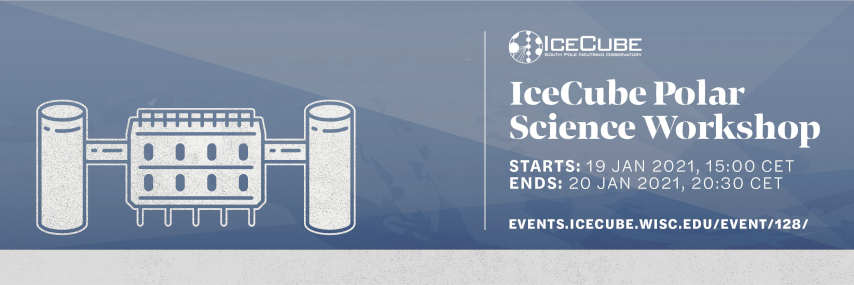Speaker
Description
Despite major advances in subglacial bed topography mapping over the past decades using nadir-looking radar sounding profiles, significant sectors remain poorly known and critical spatial details are missing, especially in the proximity of grounding lines. We present a novel, high-resolution, physical description of Antarctic bed topography and ice thickness that uses a mass conservation approach combining all available ice thickness data with high-resolution ice velocity mapping to alleviate the spatial resolution limitations of prior products. In the interior, where this method is not applicable due to larger errors in surface velocity data, we rely on simpler methods, such as Kriging or streamline diffusion. We enforce a smooth, seamless transition in ice thickness at the grounding line to match ice shelf thickness reconstructed using a calibrated firn depth correction. The results reveal significant basal topographic features not known previously, at a resolution of 500 m, with major implications for glacier stability.

